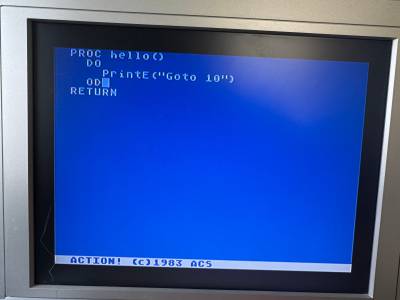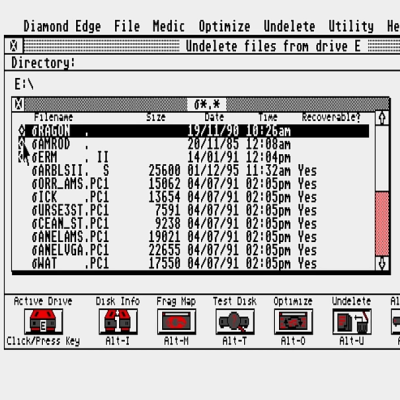Al and I were talking on the podcast about the Home Assistant home automation hub software. In particular, about how devilishly well designed it is for extensibility. It’s designed to be added on to, and that makes all of the difference.
That doesn’t mean that it’s trivial to add your own wacky control or sensor elements to the system, but that it’s relatively straightforward, and that it accommodates you. If your use case isn’t already covered, there is probably good documentation available to help guide you in the right direction, and that’s all a hacker really needs. As evidence for why you might care, take the RTL-HAOS project that we covered this week, which adds nearly arbitrary software-defined radio functionality to your setup.
And contrast this with many commercial systems that are hard to hack on because they are instead focused on making sure that the least-common-denominator user is able to get stuff working without even reading a single page of documentation. They are so focused on making everything that’s in-scope easy that they spend no thought on expansion, or worse they actively prevent it.
Of course, it’s not trivial to make a system that’s both extremely flexible and relatively easy to use. We all know examples where the configuration of even the most basic cases is a nightmare simply because the designer wanted to accommodate everything. Somehow, Home Assistant has managed to walk the fine line in the middle, where it’s easy enough to use that you don’t have to be a wizard, but that you can make it do what you want if you are, and hence it got spontaneous hat-tips from both Al and myself. Food for thought if you’re working on a complex system that’s aimed at the DIY / hacker crowd.


















